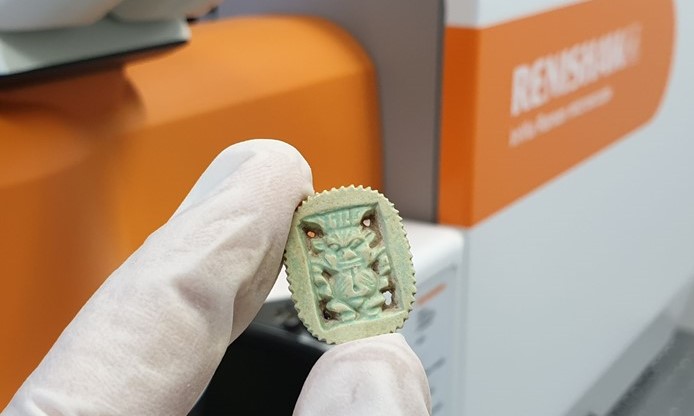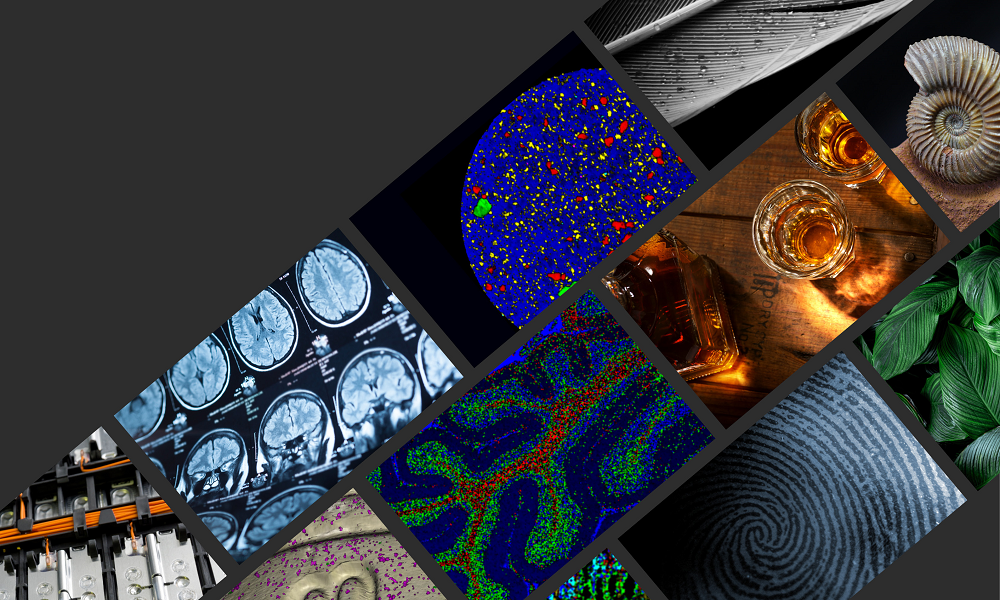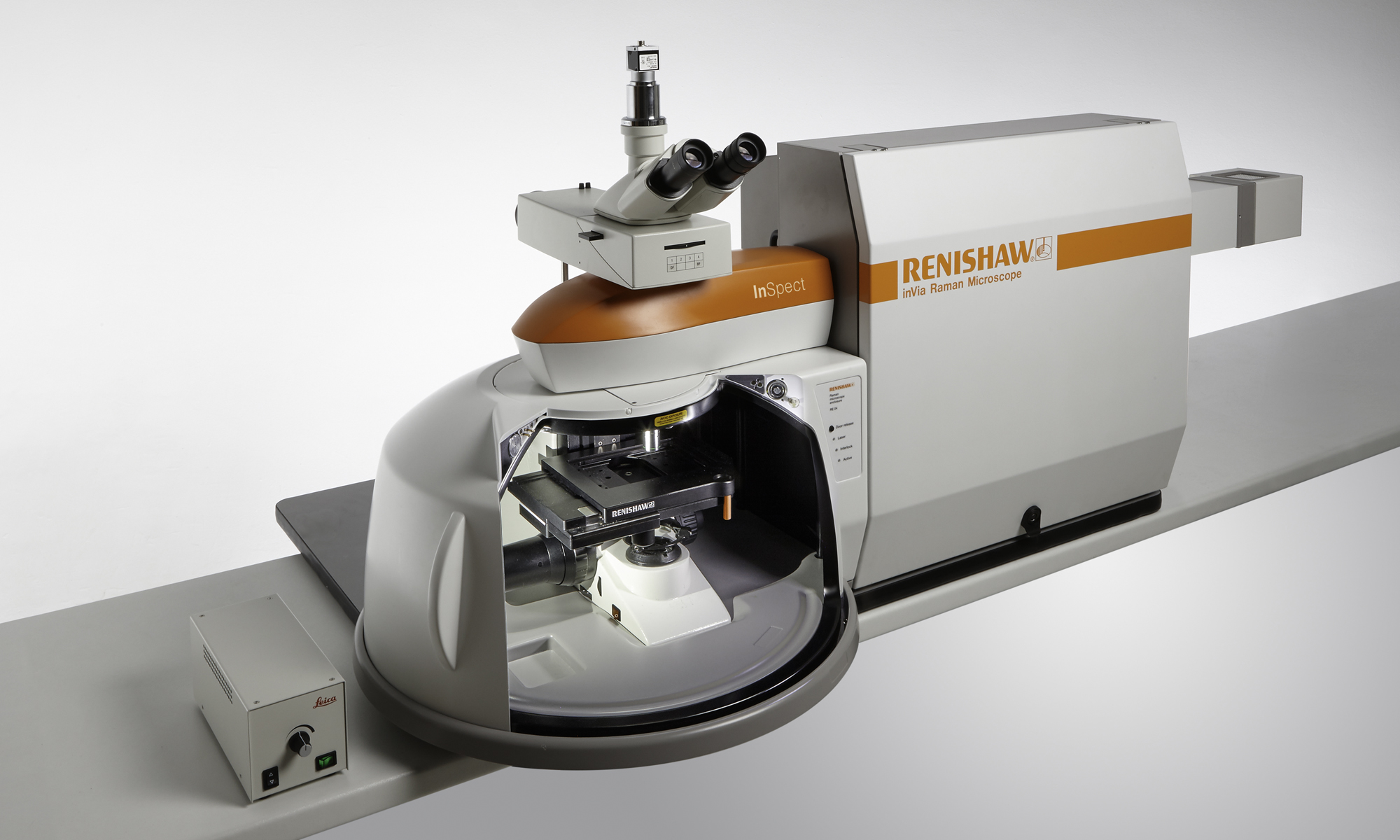Case study: Renishaw inVia confocal Raman microscope, a workhorse for laboratory testing
The Materials Characterisation and Fabrication Platform (MCFP) is a multi-user facility at the University of Melbourne, Australia; with more than 250 active users from academia and industry. Although the MCFP mainly serves the needs of Australian researchers it is still a world-renowned research facility, analysing important samples from across the globe. The MCFP has a broad application space; ranging across novel materials, 2D nanomaterials, thin-films, nanoparticles, biomaterials, cell-material interactions, sustainable materials, minerals, micro-nano devices and heritage conservation.

Image: An Egyptian faience bead ready for analysis in the Renishaw inVia Qontor confocal Raman microscope at the MCFP.
What materials did ancient cultures use to create colour? How did they bind these colours to jewellery and artworks? Can we tell what's real and what's fake? These are some of the questions tackled by heritage conservationists at the MCFP. Vibrational spectroscopy is used to look at the molecular make-up of materials. Heritage conservationists apply these methods to study artworks and historical artefacts, to gain a better understanding of the composition of pigments and inks in paintings or objects. They can track the trade pathways of indigenous cultures by matching materials with known natural sources and identify where a painting was created based on the types of pigments used. We can use these same methods to detect forged artefacts, fake artworks, and fraudulent documents, by matching materials against what is known to be accurate for a given time-period and geographical location.
Dr. Elena Taran, Platform Manager at Materials Characterisation and Fabrication Platform (MCFP): "The Renishaw inViaTM confocal Raman microscope was chosen as the spectrometer of choice for the MCFP, as its bespoke configuration is perfectly suited to analysing cultural artefacts with varying topography and composition." The MCFP needed a system that would complement existing FTIR capabilities and be as flexible as possible to the wide range of sample types that would enter the laboratory. The inVia was chosen as it could be operated as a high-throughput workhorse Raman spectrometer, with excellent speed, sensitivity and resolution, but also had greater capabilities in the variety of mapping modes available such as StreamLineTM and StreamHRTM. Ease of operation was also important and having an entirely enclosed spectrometer with automated laser/filter/grating changes at the click of a button ensured that the instrument remains operational without the need to change optical components, thus risking downtime should something go wrong. The MCFP configured their inVia system with three wavelengths, 532/633/785nm, multiple gratings (1200/1800/2400 l/mm), Renishaw StreamHR and StreamLine software, with additional sample handling capability in the HSES sampling accessory kit, the well-plate holder, and the Linkam THMS600 heating/cooling stage. Users are trained via a combination of an introductory video and hands-on training and are generally comfortable with independent data collection within an hour or two.
"So far, every project that has been thrown at the inVia has generated successful outputs for our users. With minimal need to open the spectrometer, we can manage the instrument and support our users remotely, which has been a necessary part of our workflow in recent times. For me personally as the instrument manager, the sheer speed with which I can acquire high-quality data is the best feature; whether it simply point spectra or by using Renishaw StreamLine software to collect data from a large area and then output an average spectrum across the area or interrogate features and chemistry spatially. An instrument that enables us to capture data fast allows me to continue helping our researchers to achieve their goals, and for our researchers to generate all the data they need to create high-quality outputs." Dr. Anders Barlow, Platform Technologies Specialist.

Further reading
We have a whole range or articles, case studies and news stories about Raman spectroscopy.

About the inVia microscope
Discover more about how the inVia confocal microscope is suitable for your organisations applications.
More about the Materials Characterisation and Fabrication Platform
Researchers utilising the MCFP are investigating a multitude of innovative and new industry areas, including; finding new ways to deliver cancer and HIV drugs into the body directly to where they are needed. There are researchers developing flexible materials that generate electricity simply through motion, with the potential to one day charge your phone simply by wearing the material. More efficient water and gas filters to remove toxins and capture carbon are being created with the help of the MCFP. Infrastructure engineers are developing sustainable concretes by using waste products such as glass and e-waste, to greatly reduce the carbon footprint involved in conventional concrete production.
Find out more about the work that the Materials Characterisation and Fabrication Platform does by following this link: https://eng.unimelb.edu.au/nanomaterials